Table of content
Introduction
Big bone broth, a staple in many cuisines worldwide, is not just a comforting dish but also a nutritious and flavorful foundation for various meals. Whether you’re looking to create a hearty soup, a rich gravy, or simply enjoy a nourishing bowl on a cold day, knowing how to cook delicious big bone broth is a skill worth mastering. This guide will take you through every step, from selecting the right bones to achieving that perfect, rich, and flavorful broth that leaves everyone asking for seconds.
Understanding Big Bone Broth
Before diving into the recipe, it’s essential to understand what makes big bone broth unique. Unlike regular stock, bone broth is simmered for an extended period, often between 12 to 48 hours. This slow cooking process extracts collagen, gelatin, minerals, and amino acids from the bones and connective tissues, resulting in a broth that is not only flavorful but also packed with nutrients.
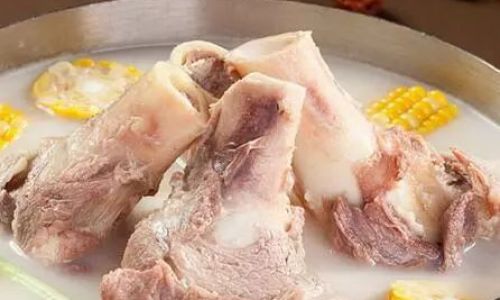
Big bones, such as beef knuckles, pork femurs, or veal bones, are ideal for making broth because they contain a high amount of marrow, collagen, and flavorful gelatin. The marrow adds richness, while the collagen and gelatin give the broth its body and silky texture.
Ingredients and Equipment
Ingredients:
- 2-3 large beef or pork bones (knuckles, femurs, or shin bones)
- 2 large carrots, roughly chopped
- 2 large onions, quartered
- 2-3 celery stalks, roughly chopped
- 4-6 garlic cloves, crushed or sliced
- 2 bay leaves
- A few sprigs of fresh thyme or 1 teaspoon dried thyme
- A few sprigs of fresh parsley or 1 teaspoon dried parsley
- 10-12 black peppercorns
- 1 tablespoon apple cider vinegar or white vinegar
- Water (enough to cover the bones by at least 2 inches)
- Salt, to taste (add towards the end of cooking)
Equipment:
- Large stockpot or Dutch oven with a heavy bottom
- Strainer or colander
- Fine-mesh skimmer or large spoon
- Cheesecloth or muslin for making a sachet (optional)
- Large mixing bowls or containers for storing broth
- Tongs or large kitchen tweezers for handling hot bones
Step-by-Step Guide to Cooking Delicious Big Bone Broth
Step 1: Preparing the Bones
-
Source Quality Bones: Start by sourcing high-quality bones from a trusted butcher or grocery store. Look for bones with a good amount of marrow and meat attached. Fresh, grass-fed, or organic bones are preferable for both flavor and nutritional benefits.
-
Rinse the Bones: Rinse the bones under cold running water to remove any surface impurities or blood. Pat them dry with paper towels.
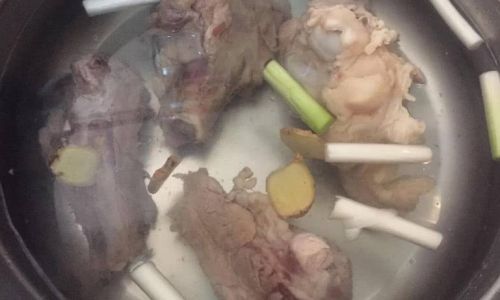
-
Roasting the Bones (Optional but Recommended): Preheat your oven to 400°F (200°C). Place the bones in a single layer on a roasting rack set inside a roasting pan. Roast for about 30-45 minutes, turning once or twice, until they are evenly browned. This step helps to caramelize the bones, adding depth and complexity to the broth.
Step 2: Preparing the Vegetables and Aromatics
-
Chop the Vegetables: While the bones are roasting, chop the carrots, onions, and celery into large pieces. These vegetables will add sweetness and additional flavor to the broth.
-
Prepare the Aromatics: Crush or slice the garlic. Tie the bay leaves, thyme sprigs, and parsley sprigs together using kitchen twine or place them in a cheesecloth sachet. This makes it easier to remove the aromatics later.
Step 3: Simmering the Broth
-
Combine Ingredients in the Pot: Place the roasted bones in the bottom of a large stockpot or Dutch oven. Add the chopped vegetables, crushed garlic, and the aromatic sachet. Pour in enough water to cover the bones by at least 2 inches. The exact amount of water will depend on the size of your pot and the number of bones.
-
Add Vinegar: Pour in the apple cider vinegar or white vinegar. The vinegar helps to draw out the minerals from the bones, making the broth more nutritious.
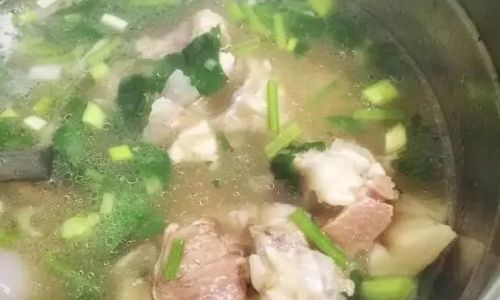
-
Bring to a Boil: Place the pot on the stove over high heat and bring the mixture to a rolling boil. Use a spoon to skim off any foam or impurities that rise to the surface. This step is crucial for a clear and clean broth.
-
Reduce Heat and Simmer: Once the broth is boiling, reduce the heat to low or the lowest setting on your stove that maintains a gentle simmer. Cover the pot with a lid, leaving it slightly ajar to allow steam to escape. Simmer the broth for at least 12 hours, preferably 24-48 hours, for maximum flavor and nutritional benefits.
- Checking and Stirring: Occasionally check the broth, stirring gently to prevent the vegetables from sticking to the bottom of the pot. If you notice the liquid level dropping significantly, add more boiling water as needed to maintain the original level.
Step 4: Seasoning and Straining
-
Taste and Season: After the broth has simmered for the desired amount of time, taste it and add salt to taste. Remember that the broth will continue to reduce and concentrate in flavor, so don’t over-salt at this stage.
-
Strain the Broth: Remove the pot from the heat and let it cool slightly. Place a large strainer or colander over a large mixing bowl or another clean pot. Carefully pour the broth through the strainer, using a large spoon or ladle to press down on the solids to extract as much liquid as possible. Discard the solids.
-
Skim Off Fat (Optional): If you prefer a less fatty broth, let it cool to room temperature. The fat will solidify on the surface and can be easily removed with a spoon. Alternatively, you can refrigerate the broth overnight, and the fat will solidify on top, making it easier to lift off.
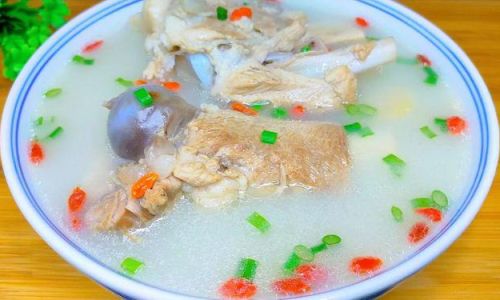
Step 5: Storing and Using the Broth
-
Storing the Broth: Pour the strained and defatted broth into clean, airtight containers. Label the containers with the date and store them in the refrigerator for up to 5 days or in the freezer for up to 6 months.
-
Using the Broth: Big bone broth is incredibly versatile. Use it as the base for soups, stews, and gravies. It can also be enjoyed on its own as a nourishing drink, or you can add it to rice, grains, or vegetables for added flavor and nutrition.
Tips for Making the Best Big Bone Broth
-
Patience is Key: The longer you simmer the broth, the more flavor and nutrients will be extracted from the bones and vegetables. Aim for at least 12 hours, but 24-48 hours will yield the best results.
-
Quality Ingredients: Use high-quality bones and fresh, organic vegetables for the best flavor and nutritional benefits.
-
Don’t Skimp on Water: Ensure the bones are fully submerged in water. If the water level drops during simmering, add more boiling water rather than cold water, which could shock the broth and affect its flavor.
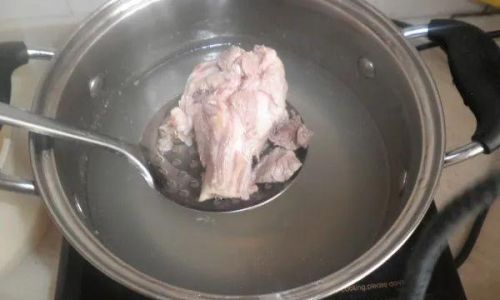
-
Skimming is Important: Regularly skim off any foam or impurities that rise to the surface during the boiling stage. This will ensure a clearer and cleaner broth.
-
Season Sparingly: Add salt towards the end of cooking, as the broth will continue to reduce and concentrate in flavor.
-
Store Properly: Store the broth in airtight containers in the refrigerator or freezer to maintain its freshness and flavor.
Conclusion
Making delicious big bone broth is a rewarding culinary endeavor that not only yields a flavorful and nutritious dish but also provides a versatile foundation for countless other meals. By following the steps outlined in this guide, from sourcing quality bones to simmering the broth for an extended period, you’ll be able to create a rich, silky, and deeply flavorful broth that will become a staple in your kitchen. Enjoy the process and the delicious results!
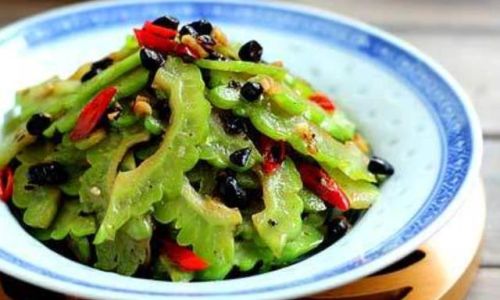
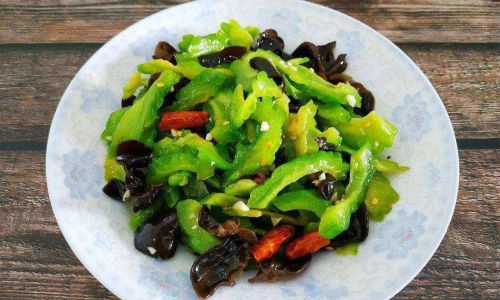
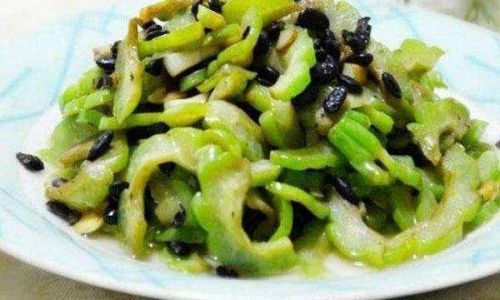


0 comments